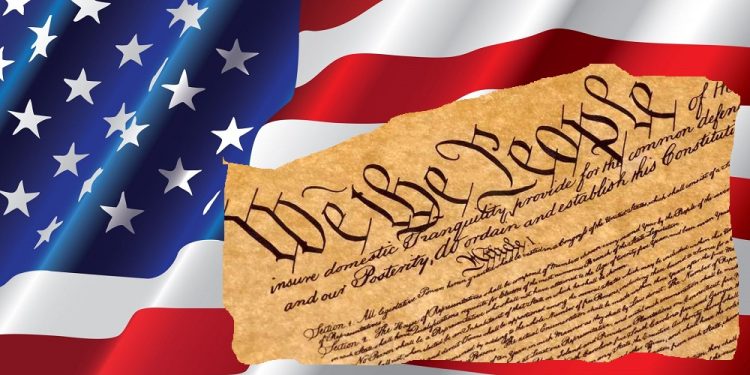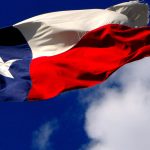
Constitution Day in United States
Constitution Day, also known as Citizenship Day, is a holiday that recognizes the adoption of the U.S. Constitution and honors all those who are citizens, as well as those who have become citizens of the United States.
It is observed on September 17—the day on which the Constitution was adopted in 1787. If this holiday falls on a weekend, it is normally observed by schools on an adjacent weekday.
History of Constitution Day
During the summer of 1787, delegates went to Philadelphia to craft a stronger document than the one the country operated under—the Articles of Confederation. The Articles of Confederation were ratified in 1781, but they didn’t allow for many of the features the U.S. government needed.
It didn’t allow for a judicial branch and only allowed Congress to be one legislature, which was called the Congress of the Confederation. However, while this Congress was given some limited powers, it didn’t have the authority to enforce many of them. The United States desperately needed a stronger legal instrument to guide the country and to form a “more perfect Union.”
On September 17, 1787, the Constitution was signed, and by the summer of 1788, it was ratified by the 13 states and in full effect. Harry Truman signed a law on February 29, 1952, that made September 17 “Citizenship Day.” On August 2, 1956, Congress requested that President Dwight D. Eisenhower declare the week that began on September 17 and ended on September 23 as “Constitution Week.”
September 17 would remain Citizenship Day until December 2004, when Congress determined that it would also be known as Constitution Day.
Constitution Day Customs & Celebrations
On this day, the President of the United States can choose to issue a proclamation that all governmental bodies must display the Flag of the U.S. on all their buildings. The President can also ask schools to do the same.
It is also customary for various organizations, both civil and educational, to conduct a wide variety of events on this day. These could be as simple as raising an American Flag or as complex as holding a parade. Schools in the United States will often use this day to discuss the Constitution, its history, and how it was ratified.








